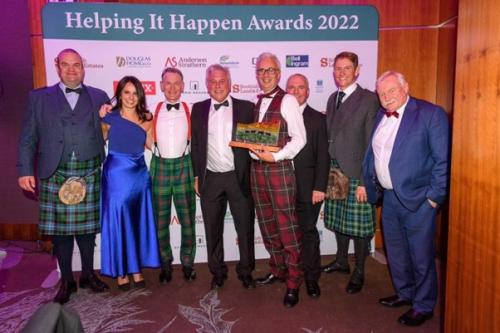FastBreeders is a collaboration between four progressive farmers located in South West Scotland. Highly educated and with years of experience and professional development, the group share the same vision for resilient dairy systems that have minimal environmental impact. Their joint operations can exploit economies of scale, benefit from increased selection intensity in breeding animals and build resilience because genetic material can move freely across the four farms. Their joint assets include over 9000 genotyped cows and calves and access to relevant previous production and other farm records. All calves are now genotyped routinely and a Fastbreeder Index is used to select those cows to breed the next generation of replacements using sexed semen. These animals are mated to a panel of bulls specially selected for use in grazing environments using an Australian programme called Matesel. Animals to be culled from the herd to make way for replacements are identified by a culling tool called Cows Own Worth (COW). The top 25% selected to breed replacements are mated to sexed semen and the remainder to beef semen. All cows and calves are weighed regularly leading to a datafile of over 100,000 cow weights.
In Fastbreeder herds (representative of all UK dairy farms that practice crossbreeding), the selection objective is kg fat plus protein per kg cow liveweight within a mating window of 90 days. Cows in these herds range in liveweight from 450kg to 600 kg to optimise cow efficiency since their grazing activity costs energy proportional to their liveweight. As such, smaller and more fertile crossbred cows are favoured leading to smaller beef (and dairy) calves.
The group have a very audacious goal to nearly double the solids output of the cows from the same type of cow specially adapted to a grazing environment and keep the cow size appropriate. This goal is 1.5kg milk solids per kg cow body weight. The process of coming together into a group has helped create focus on breeding, created experience and data exchange, allowed purchases to be grouped and created a research culture attractive to academics. It is truly a coming together of industry and academia to solve a problem of sustainable dairy farming from sun, soil and water.
